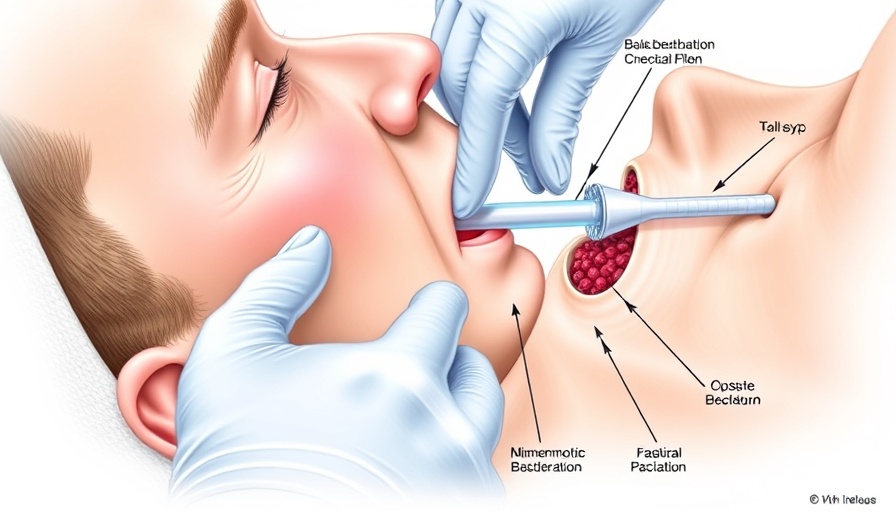
Enhancing Airway Management with Technology
In our rapidly evolving healthcare landscape, few advancements have sparked excitement quite like the implementation of advanced imaging technologies. A recent study highlights the transformative impact of 3D CT scans and virtual endoscopy on airway management for patients battling head and neck cancer. As these technologies become more prevalent, their potential to strengthen clinical strategies and bolster patient outcomes deserves our attention.
How 3D Imaging Works in Practical Settings
3D CT scans provide a detailed visualization of a patient's anatomy, producing three-dimensional images that allow healthcare professionals to assess the airway much more accurately than traditional methods enable. Virtual endoscopy complements this technology by creating a simulated environment that assists doctors in planning surgical interventions with remarkable precision.
The Human Impact: Stories Behind the Technology
While the technical aspects are remarkable, it's the human stories related to these advancements that truly resonate. Patients undergoing treatment for head and neck cancer often face significant challenges, including difficulties in breathing and swallowing. The integration of 3D imaging and virtual endoscopy into their care pathway is not just about improved outcomes but also about restoring hope and enhancing quality of life for individuals navigating this challenging journey.
Future Implications of Advanced Imaging in Healthcare
The findings from this study could herald a new era in airway management, particularly for oncology practices. With the continued evolution of telemedicine and remote patient monitoring, the ability to visualize patients' anatomical changes in real time can lead to more tailored treatment plans, ultimately fostering better communication and collaboration among healthcare teams.
Telemedicine: A Step Toward Accessible Care
One of the key takeaways from the study is how these imaging technologies can be integrated within telemedicine frameworks. By offering remote consultation options, patients can receive expert care without the hurdles of travel and waiting rooms. As healthcare systems worldwide adapt to changing paradigms, the fusion of telemedicine with cutting-edge imaging tools stands to redefine how care is delivered.
Conclusion: Investing in Tomorrow's Healthcare
As we continue to witness advancements in medical technology like 3D CT and virtual endoscopy, we must embrace these innovations not only as tools for diagnosis but also as means to enrich the patient journey. Stakeholders in the healthcare arena, including policymakers and practitioners, should advocate for the integration of these technologies to enhance patient care and expand accessibility, ensuring a brighter future for all.
 Add Row
Add Row  Add
Add 




Write A Comment